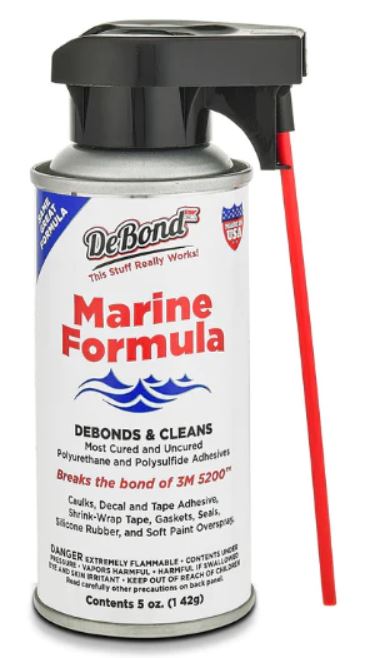I had to take apart a piece off fiberglass/gel coat.
But a lot is still left behind.
the area is about a sq foot, I used a sharp wood chisel to get the bulk of it but don't want to damage the gel coat.
Was thinking about a heat gun but worried again about the get coat.
Any ideas
But a lot is still left behind.
the area is about a sq foot, I used a sharp wood chisel to get the bulk of it but don't want to damage the gel coat.
Was thinking about a heat gun but worried again about the get coat.
Any ideas


